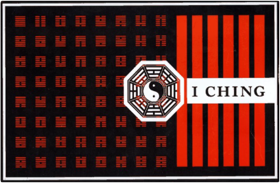

He ordered his servants not to wash the foot anymore. And the dutiful servants would wash it clean.Ī few nights of this was all that Aji no Kyūnosuke could take. A giant foot would crash through the roof. A booming voice would demand its foot be washed. The following night, and every night thereafter, the same thing occurred. Afterwards, the giant foot ascended up through the roof and disappeared. They washed the foot until it was thoroughly clean. The terrified servants scrambled to gather buckets, water, and rags. The foot was covered in thick, bristly hair, and it was filthy. An enormous foot descended into the mansion. Just then there was a splintering crack, and the ceiling tore open. One night at his manor in Honjo, a loud, booming voice was heard heard. Long ago lived a hatamoto (a high-ranking samurai) named Aji no Kyūnosuke. Matthew Meyer kindly gave me permission to reproduce his version of the story, as seen on his website : 1) tells the story of a filthy, titanic foot that plagues a samurai night after night. The “Foot Washing Manor” ( Ashiarai Yashiki, 足洗邸 あしあらいやしき) (fig. One interesting influence of the novel on local Japanese folklore can be seen in a story from the Edo-period Seven Wonders of Honjo ( Honjo Nanafushigi, 本所七不思議). Shi (as cited in Chien, 2017) notes the translations “had a tremendous impact of spreading the story of Xuanzang far and wide in Japan” (p. The first complete version of the novel, The Illustrated Journey to the West ( Ehon Saiyuki, 繪本西遊記), was published a few years later in 1835 (Tanaka, 1988, as cited in Chien, 2017, p. This incomplete version, known as The Popular Journey to the West ( Tsuzoku saiyuki, 通俗西遊記, 1758-1831) was published in five instalments over 31 volumes. Others picked up where he left off, including Ishimaro Sanjin (石麻呂山人) (ch. 1765 penname: Kuchiki sanjin, 口木山人) began publishing Japanese translations of stories from Journey to the West in 1758, ultimately publishing a total of 26 chapters before his death. The 18-century translator Nishida Korenori (西田維則, d.


 0 kommentar(er)
0 kommentar(er)
